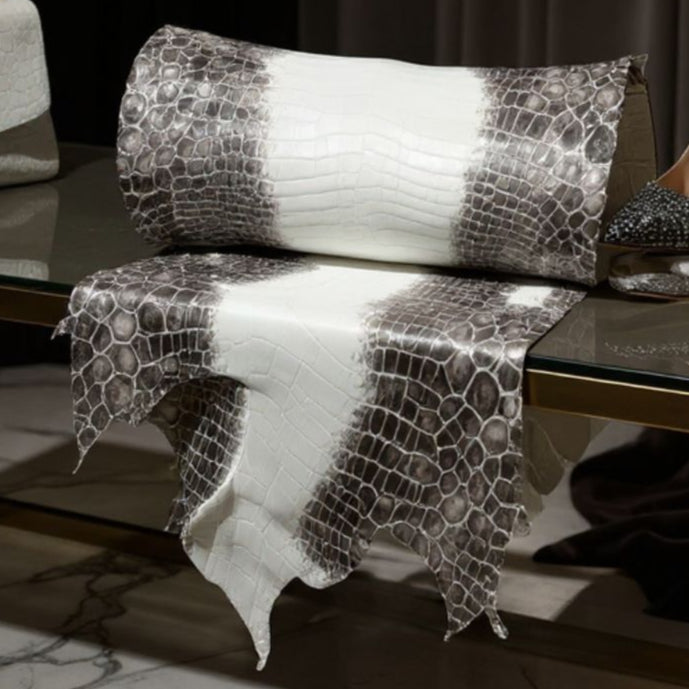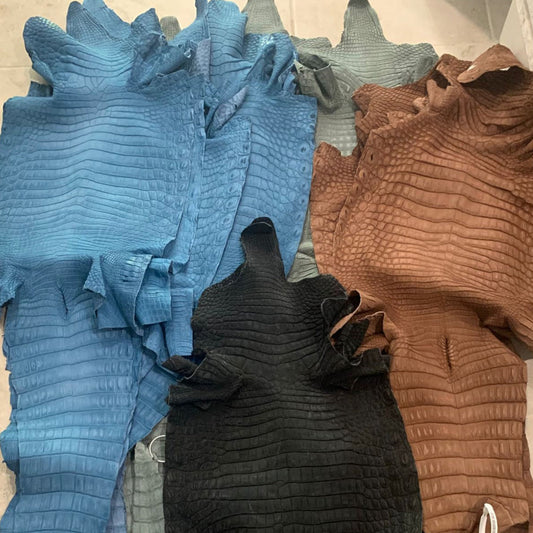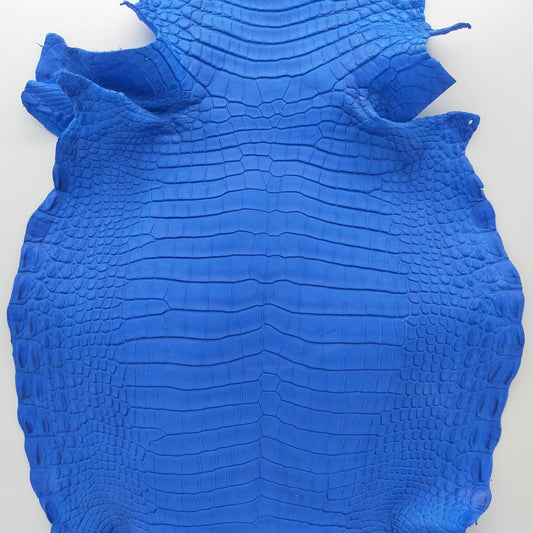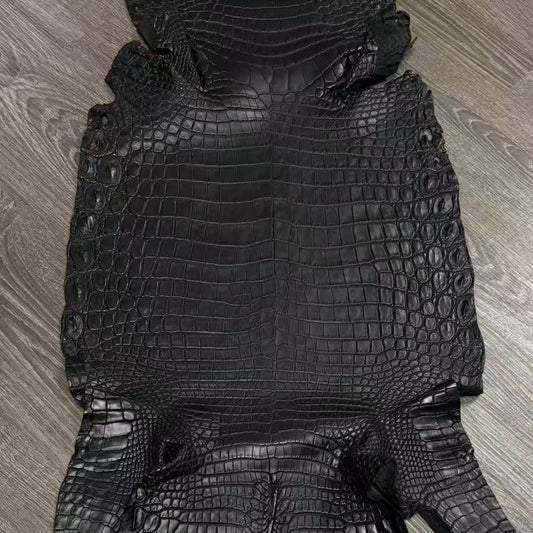
Why are Himalayan Crocodile Exotic Leather Skins so Expensive?
Compartir
“Because It’s Not Just Any Crocodile Skin — It’s a Masterpiece of Nature + Art.”
Himalayan crocodile isn’t expensive by accident.
It costs $400–$1,200+ because every skin must pass extreme grading, bleaching, and artisanal finishing that only a few tanneries in the world can achieve.
Here’s what you’re paying for:
-
The rare genetic pattern: naturally balanced center cut → perfect for bags, wallets, luxury goods.
-
The double-process bleaching: months-long, highly sensitive, easily ruined.
-
The “Snow-to-Shadow” gradient: requires flawless scale definition to look clean.
-
The hand-tanning labor: up to 50+ hours per skin.
-
The low yield: most skins do not survive the process — so the good ones cost more.
-
CITES regulation: controlled sourcing means limited availability.
It’s not a trend.
It’s one of the rarest, most technically difficult finishes in exotic leather.
If you want a skin that instantly elevates your project to luxury status — this is it.
“Cheap Himalayan Doesn’t Exist. If It’s Real, It’s Expensive.”
Here’s the truth most suppliers don’t tell you:
Creating a true Himalayan crocodile skin requires near-zero flaws before bleaching even begins.
One discoloration
One scale defect
One weak spot
…ruins the entire finish.
That’s why:
-
Only Grade I/II skins are eligible
-
60–70% of raw skins fail the process
-
Production takes months, not weeks
-
The final product is rare, not mass-produced
The price isn’t for the hype —
it’s for the survival rate + craftsmanship + rarity.
When you buy a Himalayan, you’re paying for perfection that made it through every stage without failing.
“Why Top Designers Use Himalayan: Status, Rarity, and Finish Quality.”
Himalayan crocodile is luxury because it’s:
-
Visually iconic (snow-white gradient)
-
Technically demanding (precision bleaching)
-
Low-volume (globally restricted quantities)
-
Impossible to fake perfectly
-
Universally recognized by collectors
This is the same finish used on fashion house bags worth $20,000–$300,000.
When you use Himalayan, you’re crafting with true prestige material — the kind clients instantly recognize.















